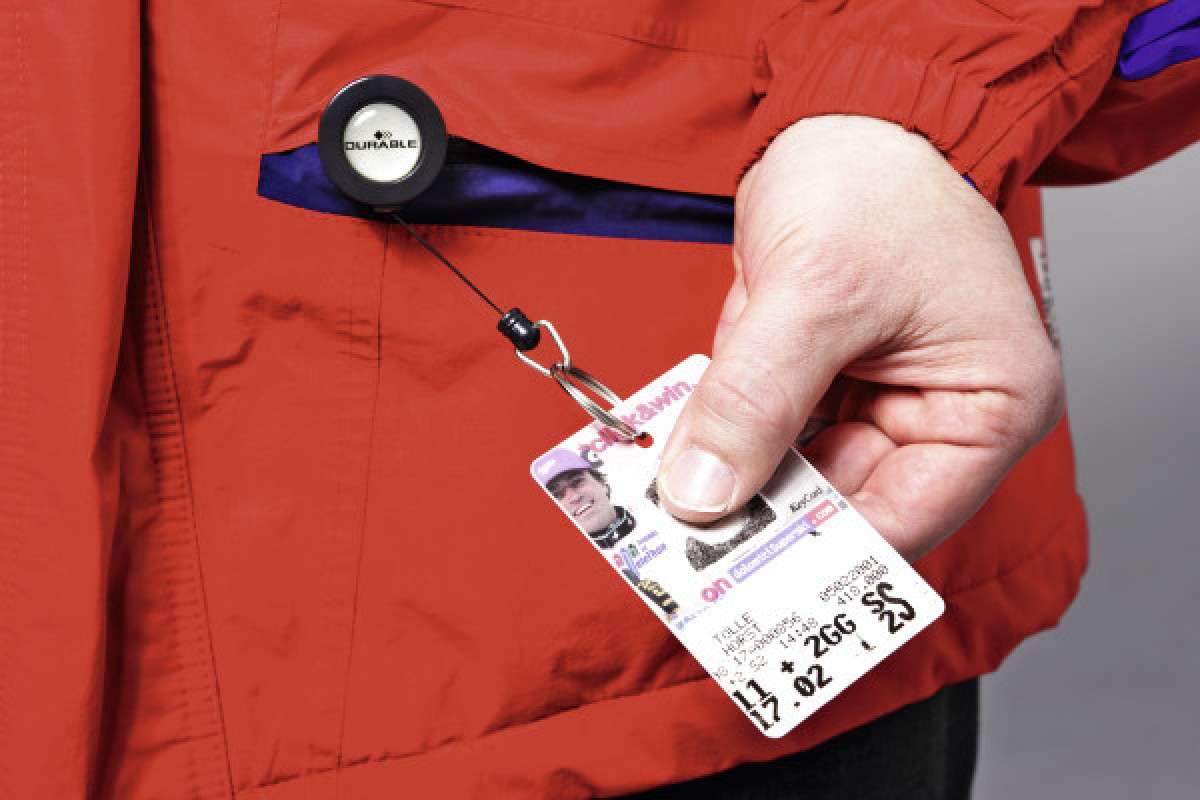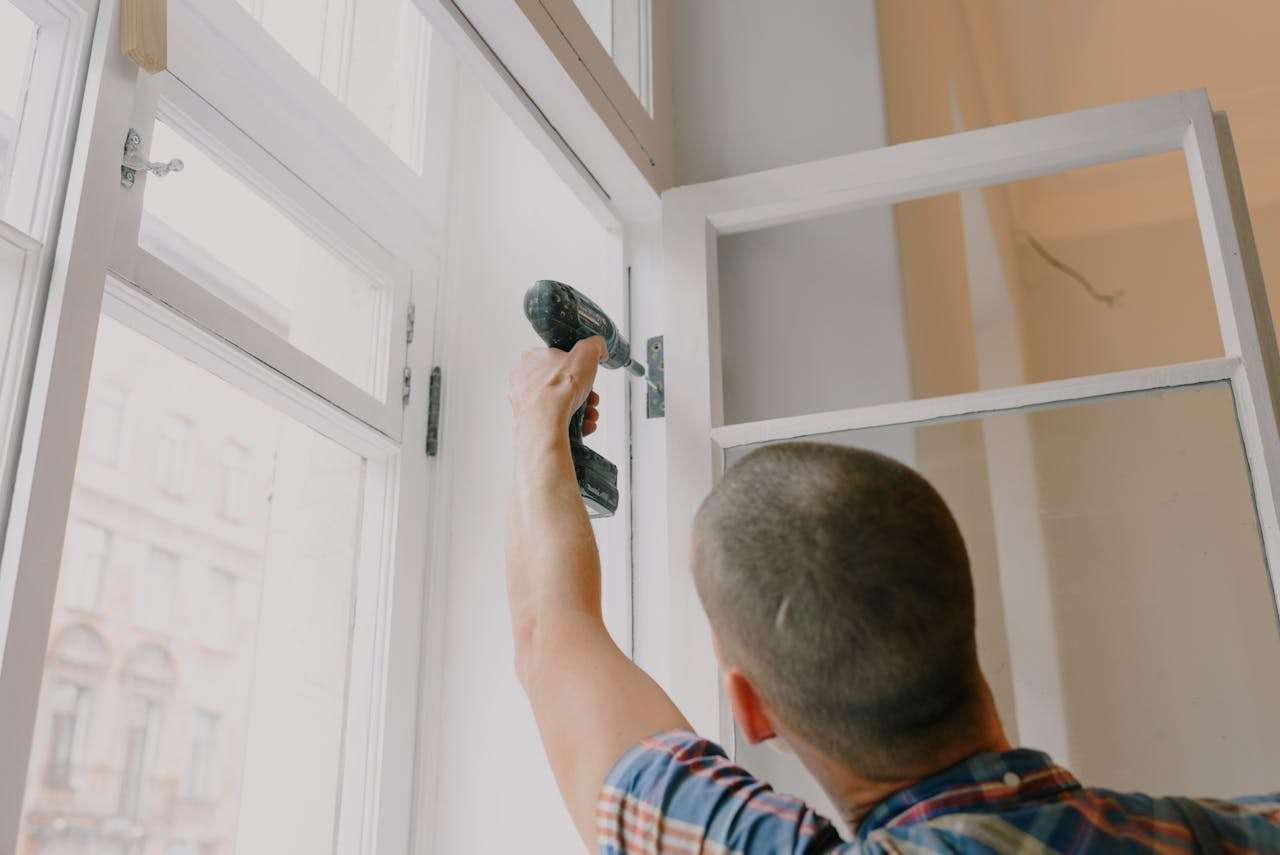Moving is usually a stressful process, and if it’s challenging for you, think of it from your pet’s perspective. Your little friend will be terrified of the fact that his entire world is disappearing, even if he relocates to a bigger place. Luckily, there are ways to prepare your pet for a new home, making it easier for both of you.
Our tips will help the relocation and adjusting period go smoothly. Your vet will probably tell you that dogs and cats are very good at picking up anxiety in people, and you’ll see that’s true during relocation preparations. With the right preparatory steps, you will help your best buddy to feel comfortable on the big day.
Preparatory Stages Are the Key for Success
Agreed or not, preparation is everything. Whether you have a cat, dog, rabbit, or hamster, you should think about your current home’s packing process and how to perform all the necessary steps in the right way. So, be ready to put in time, energy, and effort into this.
Organize Your Moving Supplies in One Room
If you want to avoid a mess and chaos, it’s recommended to put all your packing materials in one room and keep your furry friend away from supplies. The least you need is scratched boxes and chewed bubble wrap.
Bring All Important Pet Items With You
It’s essential to pack all your pet’s belongings, since it may be very stressful when you realize that you’ve forgotten to bring his favorite toy. So, keep this checklist close to you and get through on a moving day:
- Favorite toys
- Chewing sticks or bones for your dog
- Leash
- Box, scooper, and kitty litter
- Doggy gate, carrier, or crate
- Blanket
- Water bowls
- Food
- Poop bags
Find the Right Carrier for Your Pet and Help Him Get Used to It
Perhaps the hardest part of moving with dogs and cats is to get your furry friend to like the transportation carrier or crate. You can use several tricks to relieve your pet’s stress. For example, your cat will be more relaxed if you place treats and blanket inside the carrier. Also, consider giving your kitty certain medication to prevent panic attacks during travel, but only after consulting with your vet.
When it comes to transporting your pup, his crate might be the best bet. The relocation might go easier than you imagine, especially if your pooch is crate-trained and the crate is smaller.
Additional tip: if possible, prepare your dog for the new environment by walking around the future house and neighborhood before the move. This way, he will explore the surroundings and smell it. It’s well-known that smell is the most crucial dog’s sense.
Do Research About the New Vet
One of the crucial things after the relocation is to find a new veterinarian. Make sure to write down the phone numbers and addresses of the closest pet hospitals and 24-hour care institutions. This way, you can react immediately in case something unexpected happens to your pet.
Avoid the Chaos of the Moving Day
When the moving day finally arrives, you’ll have a lot of tasks to do. And if you need help with loading and unloading the boxes, taking care of your furry friend just won’t be possible. There are several ways to keep your cat or dog contained:
- Send them off to a pet daycare
- Ask someone from family or friends to watch them during the moving day
- Install a gate in the doorframe
- Keep them in a crate
Also, keep in mind that after relocating to your new neighborhood, your pet will be frightened, and maybe even try to escape. That means he could get lost. For this reason, he should have a tag with address, phone number, and name if something unpredictable happens.
Look Up Airline’s Rules and Regulations if You’re Flying With a Cat or Dog
If you’re planning to transport your kitty or pooch with you on the plane, keep in mind that they should be placed in a small, ventilated crate. That means they will be underneath your seat, which requires paying an extra fee. There are special rules for larger dogs and specific breeds of dogs and cats. You should find out all the details before the move and avoid possible problems.
Smooth Settling in Depends on Many Factors
When will your pet adjust to a new environment? There’s no right or simple answer. Sometimes, dogs overcome that period much easier, while cats usually have a harder time in the beginning. Of course, the crucial factor is your pet’s personality. If he’s curious and adventurer by nature, the new house and neighborhood might make him excited and too happy, even impulsive. On the other hand, if your cat is shy and doesn’t like changes, the new home might be a real challenge. However, give your pet enough space and time to accept the new environment and new life.
Still, there are several things you should undertake to mitigate your pet’s anxiety and stress about moving:
- Maintain the regular mealtime and bedtime schedule
- Prepare the personal space for your pet
- Walk with your cat or dog through rooms and help them familiarize themselves with new smells and space
- Secure door and window screens
Behave As Usual and Try To Spend Enough Time With Your Furry Friend
The last but not the least is spending time with your animal friend. Spending a lot of time on daily walks, playing with a ball or stick, exercising, and hanging out with other pets from the neighborhood, will make your pet tired, but content. And keep in mind one more thing: every change demands time and patience. If you follow these steps, one by one, you and your furry friend will be on the right course to a quick adjustment and a happy life in a new home.










